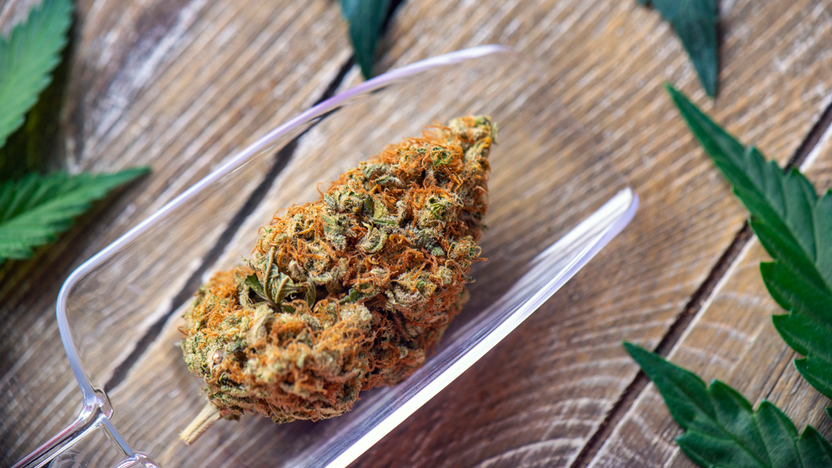THCA Flower: The Next Frontier in Cannabinoid Wellness
In recent years, the cannabis market has exploded with new product forms, from edibles to concentrates. Amid this expansion, one particular botanical offering has captured the attention of researchers and enthusiasts alike: THCA flower. As consumers seek novel experiences and potential wellness benefits without the classic “high” of THC, THCA-rich buds are carving out their own niche. This article explores what THCA flower is, how it differs from traditional cannabis products, its potential applications, and the considerations for users and regulators.
What Is THCA Flower?
Tetrahydrocannabinolic acid (THCA) is a non-psychoactive precursor to THC found in raw cannabis plants. In the living plant, cannabinoids are predominantly present as acidic forms like THCA, CBDA, and CBGA. THCA flower refers to dried cannabis buds that have been cultivated or processed to retain high levels of THCA. When heated (decarboxylated), THCA converts to Δ⁹-tetrahydrocannabinol (THC), the compound responsible for the classic euphoric effects of cannabis.
How THCA Differs from THC
Feature THCA THC
Psychoactivity Non-psychoactive in raw form Psychoactive, induces “high”
Molecular Status Acidic precursor (–COOH group intact) Decarboxylated, ready to bind CB₁
Consumption Often juiced or vaped at low temps Smoked, vaped at higher temps, edibles
Potential Uses Anti-inflammatory, neuroprotective* Pain relief, euphoria, appetite stimulation
*Early studies suggest anti-inflammatory and neuroprotective properties, but more human trials are needed.
Potential Benefits and Uses
Wellness and Anti-Inflammation
Preliminary lab research has pointed to THCA’s potential as an anti-inflammatory agent, possibly aiding conditions like arthritis without psychoactive side effects.
Neuroprotection
Animal studies indicate THCA may protect neural cells against damage, offering promise for conditions such as Huntington’s and Parkinson’s disease.
Milder Relaxation
Some users report that microdosing THCA flower—vaping at low temperatures or consuming raw—yields a gentle sense of relaxation and mental clarity, without the intoxication of THC.
Culinary and Nutritional Uses
Raw cannabis leaves and buds can be juiced or blended into smoothies, providing a fresh-plant experience akin to other superfoods.
Methods of Consumption
Low-Temperature Vaping: Specialized vaporizer settings (around 150–160 °C) can gently release THCA without significant decarboxylation.
Juicing or Blending: Incorporating raw buds into cold beverages preserves the THCA content.
Topical Preparations: Infusing THCA flower into balms or salves may harness its anti-inflammatory potential for localized relief.
Legal and Regulatory Landscape
THCA occupies a complex legal position. In many jurisdictions, THCA flower falls under the same regulatory frameworks as other cannabis products, since it originates from the cannabis plant. However, because it is non-psychoactive until heated, some regions are exploring exemptions for raw-form cannabinoids. Consumers should always verify local laws before purchasing or using THCA flower.
Considerations and Risks
Potency Surprise: Unintended decarboxylation (e.g., during rough handling or storage) can convert THCA to THC, leading to psychoactive effects.
Labelling Accuracy: The nascent THCA market sometimes features inconsistent lab testing; purchase from reputable suppliers with transparent certificates of analysis.
Research Gaps: While preclinical data are promising, robust human clinical trials on THCA’s therapeutic benefits are limited.
The Future of THCA Flower
As interest in non-intoxicating cannabinoids grows, THCA flower stands poised to become a cornerstone of botanical wellness regimes. Continued research, combined with clear regulatory guidance, will determine its ultimate role in both medicinal and recreational contexts. Whether you’re a curious consumer or a seasoned cannabis connoisseur, THCA flower invites exploration into the plant’s rich chemical tapestry—one acidic bud at a time.




